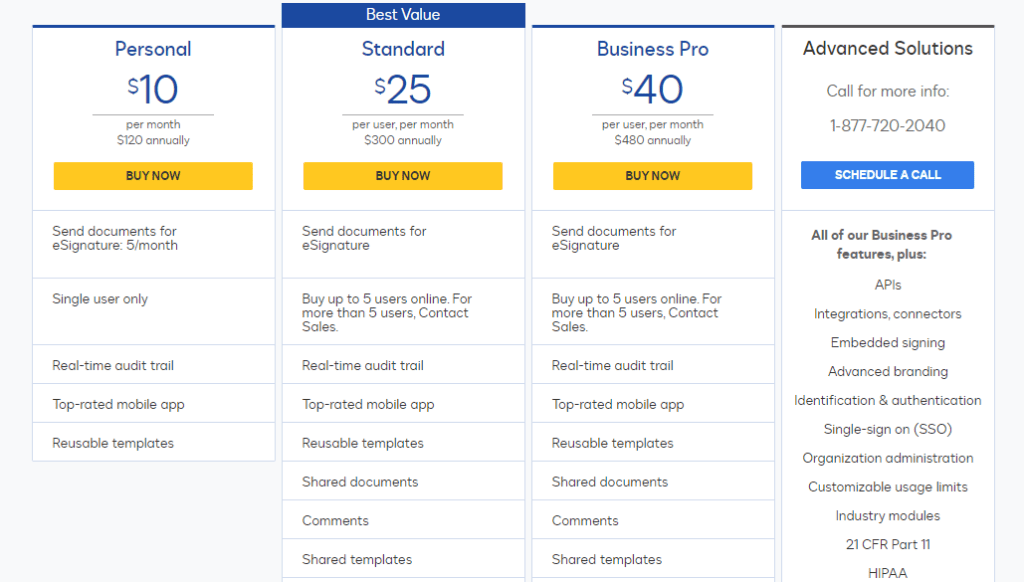We all know that companies need to make a profit to survive. But to do that, they need to charge their customers the right price, and pricing can be a tricky business. You don’t want to charge too much and risk losing customers, but you also don’t want to charge too little and make an insufficient profit.
One way to get the pricing right is to use tiered pricing. If you consider adding TP to your business, here are some things to consider.

What is tiered pricing, and how can it benefit businesses?
Tiered pricing is a pricing strategy that involves charging different prices for different levels or tiers of service or product. This type of pricing can be used in various ways to benefit businesses, including increasing sales, improving customer satisfaction, and generating more revenue.
By charging different prices for different levels or tiers of service or product, businesses can encourage customers to purchase more things or upgrade to a higher level of service. It can help improve the bottom line while ensuring that clients get the best possible value for their money.
What are the different types of tiered pricing structures?
There are three types of TP structures: flat rate, usage-based, and subscription-based.
- Flat rate tiered pricing means charging a fixed price for each level of service or product. For example, a business might charge $10 for the basic level of service, $20 for the mid-level service, and $30 for the premium level service.
- Usage-based tiered pricing means charging based on the product or service’s use or consumption. For example, a business might charge $0.10 per minute of use for the basic level of service, $0.20 per minute for the mid-level service, and $0.30 per minute for the premium level service.
- Subscription-based tiered pricing means charging a recurring fee for access to the product or service. For example, a business might charge $5 per month for the basic level of service, $10 per month for the mid-level service, and $15 per month for the premium level service.
Whatever the type you may create, you’ll need to create a comprehensive price list. Fortunately, VistaCreate offers a free price list maker where you can design anything to tap into your patrons’ wishes.
How can businesses choose the proper tiered pricing structure for their products or services?
Businesses can choose the proper TP scheme for their products or services by considering a few factors, such as the product or service offered, the desired price point, and the target market.
The first step is to analyze your product or service and determine the main features customers are willing to pay for. Once you understand your product or service, you can start looking at pricing models and see which one best suits your business. You should keep a few things in mind when choosing a TP structure, such as the perceived value of your product or service, what your competitors are charging, and what your customers are willing to pay.
If you’re unsure which pricing model to choose, you can always start with a basic model and test various pricing structures to see what works best for your business. It’s important to remember that your pricing should constantly be evolving as your business grows and changes.

How can businesses overcome challenges and make tiered pricing work for them?
Businesses can overcome challenges by researching their target market extensively and properly evaluating their pricing strategy.
It will help them develop a more nuanced understanding of how different groups of customers value their products and services and enable them to set prices that better reflect this. In addition, businesses should ensure that their pricing strategy is aligned with their overall business goals to maximize profits while still providing fair value to their customers.
Errors brands commit when implementing tiered pricing
The top five mistakes companies make when practicing TP are:
- Misunderstanding customer needs and wants: It is perhaps the most common mistake companies make. They assume that all clients want the same thing when they have different real needs and preferences.
- Improperly segmenting customers: Another typical mistake is not correctly segmenting customers. It results in the company not being able to tailor its offerings to meet the specific needs of each segment.
- Overlooking the competitive landscape: A company must consider the competitive landscape when implementing TP. If the company’s rivals are not using TP, the company may lose market share.
- Ignoring customer usage: Corporations need to monitor customer usage patterns when using TP. This information can help the company adjust its pricing tiers to meet people’s needs.
- Isolating the TP scheme from clients: Enterprises must communicate the TP structure to customers. Otherwise, users may be confused about how the pricing works and how it affects them.

Conclusion
Tiered pricing is a great way to boost your business for several reasons:
- It allows you to offer various pricing options to your clients, which can appeal to a broader range of buyers.
- It can help you increase your profits by letting you charge more for specific products or services.
- It can also help you better manage your inventory by giving you the ability to offer discounts on certain items that may be overstocked.

